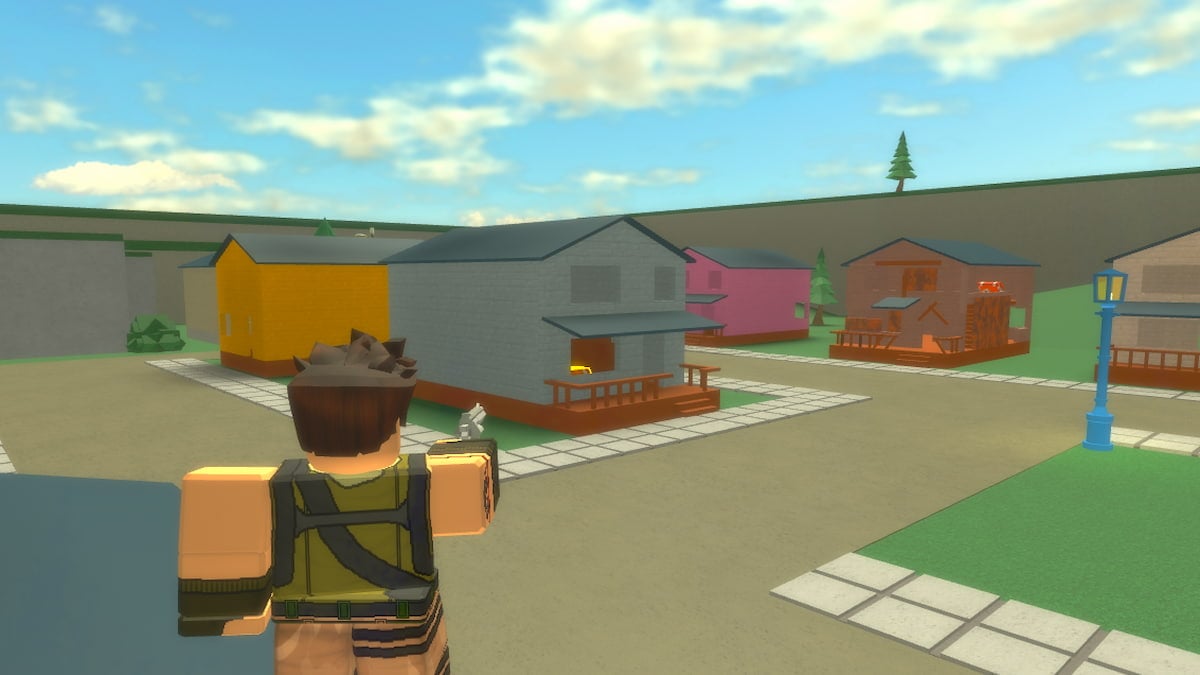With the 2016 League of Legends season at its end, Riot has begun efforts to revamp the 2017 season for the better. These changes are for the North American League Championship Series only. Here is a quick overview of what Riot has in mind.
Arbitration – With this, Riot wants to introduce an expedited process where players or teams can contest a ruling about a ruleset violation. They will be allowed to provide their own evidence against the ruling. In the case of a player/team vs. player/team dispute, they will be able to provide counter-arguments to each other’s claims. This can only be used if the punishment for the original ruling is as follows:
- A suspension of one or more games.
- A fine of $10,000 USD or more.
In the case that a team or player is facing removal from the LCS, they can use the old form of arbitration, which isn’t expedited, meaning they won’t have near enough time to provide evidence or a counter-claim. All cases will be conducted by JAMS, unless teams choose otherwise.
New Digital Goods/Money Flow for Teams – Moving into 2017, Riot wants to release new forms of content that players and teams can buy/download digitally. The plus side to this is that all NA LCS teams will be guaranteed a minimum $50,000 of revenue made by these new digital products. This allows newer and smaller teams to continue to grow and build fan bases, while bigger teams can use this money to better the environment for their players.
Head Coach Protection – Head coaches will be under the same type of contract as players, meaning they are completely protected from poaching. A position as impactful as a head coach needs to be protected in order to make the LCS as smooth as possible.
Inactive Roster – With this, Riot wants a way for players who are a part of an organization, but aren’t on the active roster, to be able to look for new opportunities. They will have poaching protection, as well as full benefits from the team they are currently inactive on. Teams can have up to three inactive players at a time, but these players will count towards the 10 player limit per team. They also will not be allowed to play in official league matches.
Prize Pool – The prize pool for the NA LCS will be expanding to $200,000 to provide players with a motive for being on top. This change also helps organizations better pay players and staff without needing more sponsors.
Challenger Sister Teams – In 2017, sister teams will be limited on what they will be allowed to do in the Challenger Series. NA LCS teams have often had challenger teams to train new recruits that they want to transfer to the LCS, but if their team won the CS, they would have to sell their team to a different organization. As of 2017, if a sister team of a NA LCS team qualifies to be promoted to the NA LCS, they will have to give up their spot to the next team who isn’t a sister team. However, sister teams can still win prize money associated with the CS.
Relegation – Heading into next season, Riot wants to allow teams who are already in the LCS to build their fan base, as well as prove they can compete. To ensure the best teams remain in the LCS, the eighth place team will no longer be faced with relegation. The ninth and 10th place teams of the LCS, as well as the first and second place teams of the CS, will still compete in the promotion tournament to determine who will be participating in the next split.
Format – Riot has seen the effects of the best-of-three format and will be keeping it. They also stated that they will continue to do dual streams as they provide a different look on games.
Overall, Riot is looking out for the teams associated with their game. These changes give organizations more opportunities to grow and manage their teams, while still keeping the feel and flow of the NA LCS. I hope to see these changes in other regions in the coming splits as well.
What are your thoughts on these changes? Let us know by commenting below or tweeting us @GAMURScom.





Published: Dec 14, 2016 12:18 pm